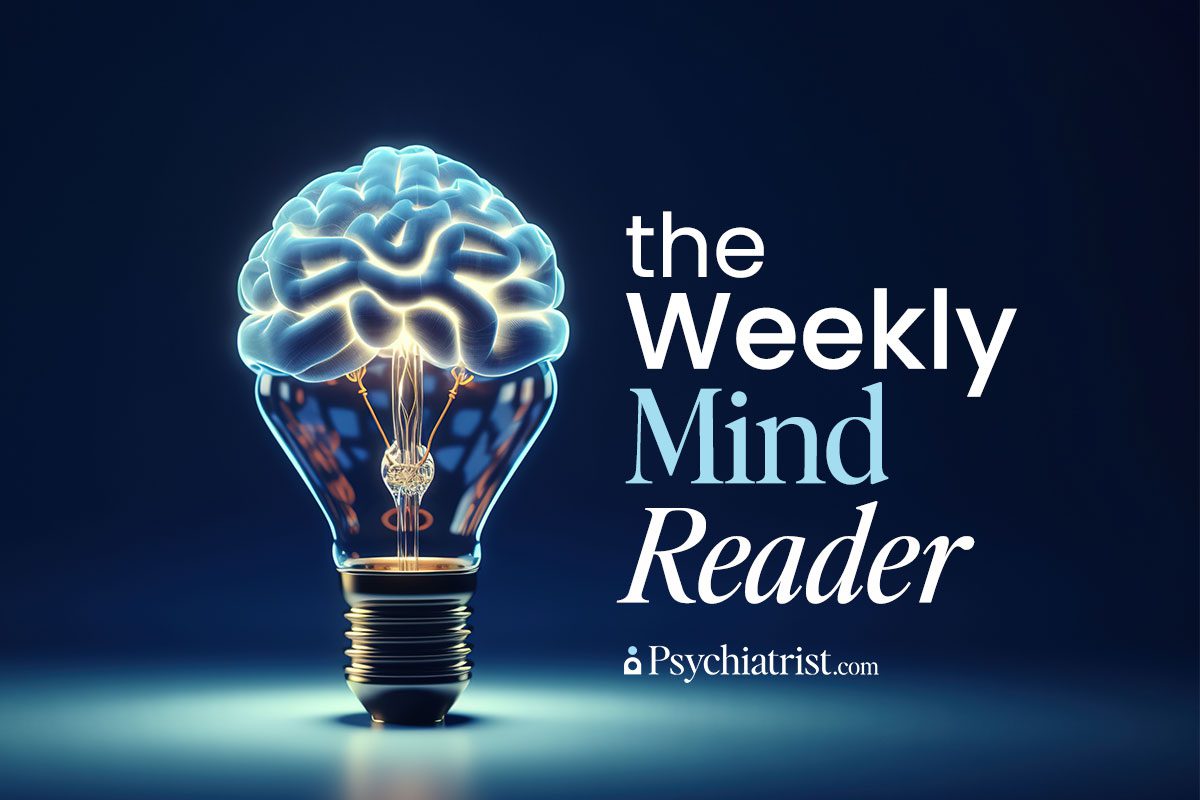Jon Snow might know nothing, but researchers know a lot more about face blindness thanks to “Game of Thrones.”
A group of psychologists at the University of York have published a paper in Cerebral Cortex that shares what they’ve found out about prosopagnosia by watching the hit television show.
For years, scientists estimated that the condition that hampers normal facial recognition affects one in 50 people. But more recent research, published just last year, “estimated that more than three percent of people, or about 10 million Americans, meet the definition for face blindness, known clinically as prosopagnosia.”
The paper’s authors also argued that broadening the diagnostic criteria and judging it along a spectrum would substantially increase the number of people identified with face blindness.
“…face blindness can be a socially debilitating disorder that can limit employment opportunities,” Joseph DeGutis, associate professor of psychiatry at VA Boston, told Harvard Medical News at the time. “For example, networking is extremely difficult for people with prosopagnosia and can cause social distress and embarrassment. Recognizing someone is a social signal, indicating that ‘you are important to me.’”
Methodology
The UK researchers scanned the brains of more than 70 study participants as they watched footage from the series. Half of the study participants already knew the show’s notoriously convoluted cast of characters. The other half had never watched it before.
When major characters appeared on screen, MRI scans showed that in neurotypical participants who were familiar with the characters, brain activity increased in regions of the brain associated with non-visual knowledge about the characters. That knowledge includes who they were and what they knew about them.
Notably, connections between the visual brain and these non-visual regions also jumped in people who’d seen the show before.
But among the corresponding group of viewers coming into the series fresh, those waves of activity appeared to be much less significant.
Next, the researchers had to determine what this might have to do with face recognition. To that end, the team repeated the same study in people with prosopagnosia. As with the previous group, half had watched “Game of Thrones,” and half had never seen an episode.
Consistent with their difficulty with facial recognition, the prosopagnosia participants failed to show the same familiarity in the same regions of the brain as neurotypical participants. The connections between the visual and non-visual regions also fell in those with face blindness.
Breaking Down the Results
“We were really excited to see the results of our study as they suggest that our ability to recognize faces relies on what we know about people, not just what they look like.” Senior author Department of Psychology Professor Tim Andrews said in a press release. “While it was believed that we recognize faces by learning their visual properties — such as features, configuration, and texture — our study indicates that it involves connecting a face with knowledge about the person, including their character traits, body language, our personal experiences with them, and our feelings towards them.
Facial recognition plays an often overlooked but vital role in our daily lives and nearly all social interactions. Those who struggle with this face an uphill battle in maintaining relationships, fueling social anxiety.
“Our research enhances the understanding of how prosopagnosia appears to be linked to reduced neural connections, making it challenging to associate faces with personal knowledge, which is crucial for recognition,” Andrews added.
But Why This Show?
The researchers chose to show participants footage from “Game of Thrones” because of its broad appeal and its well-developed characters.
“We chose to show participants footage from [this show] because the series captivated people around the world with its strong characters and their deeply nuanced personalities,” lead author of the study and PhD student Kira Noad, said. “Many previous studies on the mechanisms in the brain behind facial recognition have been done in laboratory settings with 2D static images of faces. We aimed to create a study format that was more like real life, using video to show complex scenes with multiple people.”
The researchers hope to conduct more research to explore how brain activity across different regions facilitates facial recognition. They also want to investigate what factors can disrupt this process.
Further Reading
Face Blindness May Affect More than 3% of People, Study Finds



